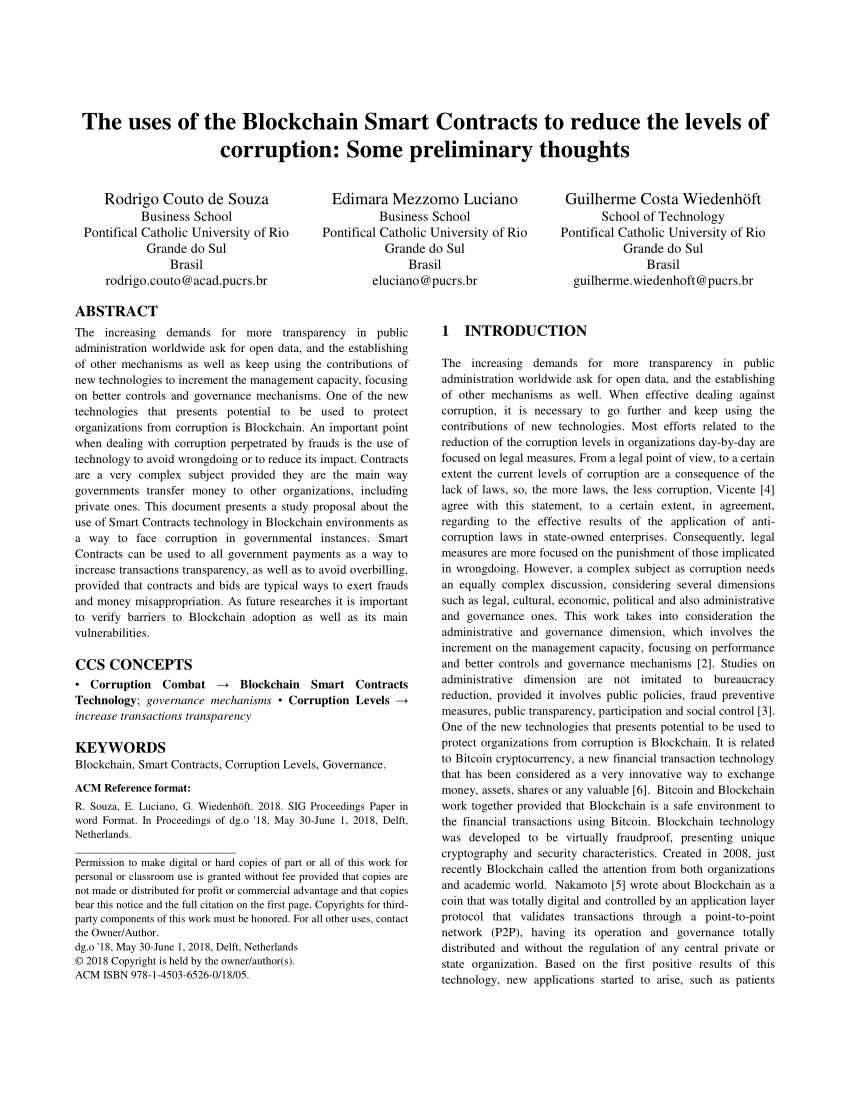
- #Pool corruption in file area error install
- #Pool corruption in file area error drivers
- #Pool corruption in file area error driver
The memory returned from the pool can be initialized only once.

Dynamic KDP helps kernel-mode software to allocate and release read-only memory from a “secure pool”.Static KDP enables software running in kernel mode to statically protect a section of its own image from being tampered with from any other entity in VTL0.
#Pool corruption in file area error drivers
KDP is intended to protect drivers and software running in the Windows kernel (i.e., the OS code itself) against data-driven attacks. More details on VBS and the secure kernel are available on Channel 9 here and here.

In VBS environments, the normal NT kernel runs in a virtualized environment called VTL0, while the secure kernel runs in a more secure and isolated environment called VTL1.
#Pool corruption in file area error driver
In this blog we’ll share technical details about how Kernel Data Protection works and how it’s implemented on Windows 10, with the goal of inspiring and empowering driver developers and vendors to take full advantage of this technology designed to tackle data corruption attacks. KDP enhances the security provided by the features that make up Secured-core PCs by adding another layer of protection for sensitive system configuration data. KDP uses technologies that are supported by default on Secured-core PCs, which implement a specific set of device requirements that apply the security best practices of isolation and minimal trust to the technologies that underpin the Windows operating system.
#Pool corruption in file area error install
For example, we’ve seen attackers use signed but vulnerable drivers to attack policy data structures and install a malicious, unsigned driver.

KDP is a set of APIs that provide the ability to mark some kernel memory as read-only, preventing attackers from ever modifying protected memory. Kernel Data Protection (KDP) is a new technology that prevents data corruption attacks by protecting parts of the Windows kernel and drivers through virtualization-based security (VBS). Attackers use data corruption techniques to target system security policy, escalate privileges, tamper with security attestation, modify “initialize once” data structures, among others. SSO solution: Secure app access with single sign-onĪttackers, confronted by security technologies that prevent memory corruption, like Code Integrity (CI) and Control Flow Guard (CFG), are expectedly shifting their techniques towards data corruption.Identity & access management Identity & access management.App & email security App & email security.


 0 kommentar(er)
0 kommentar(er)
